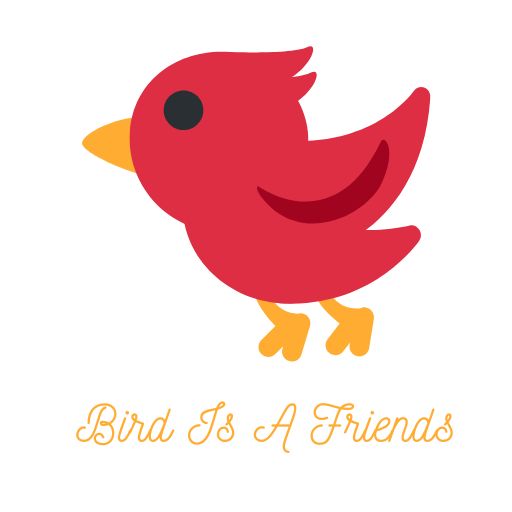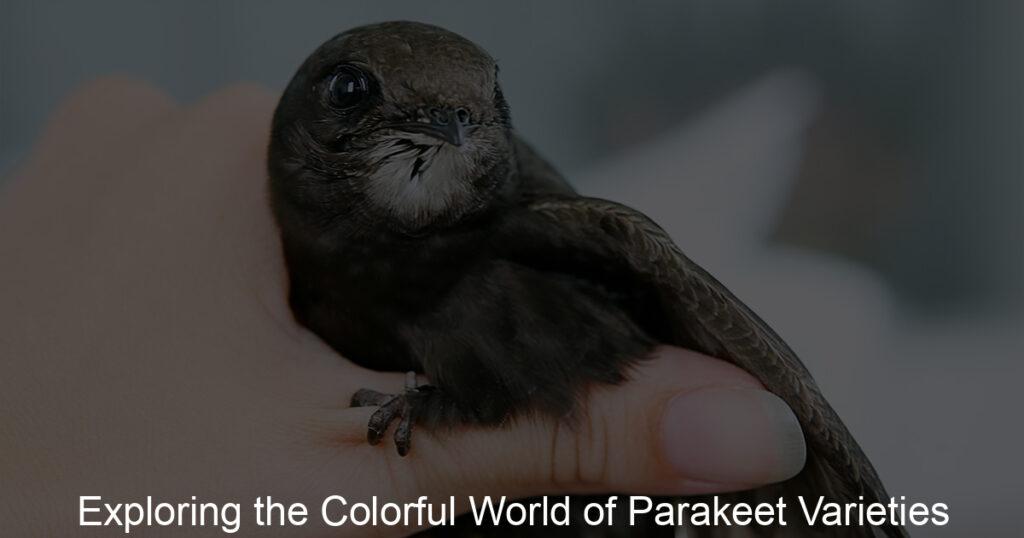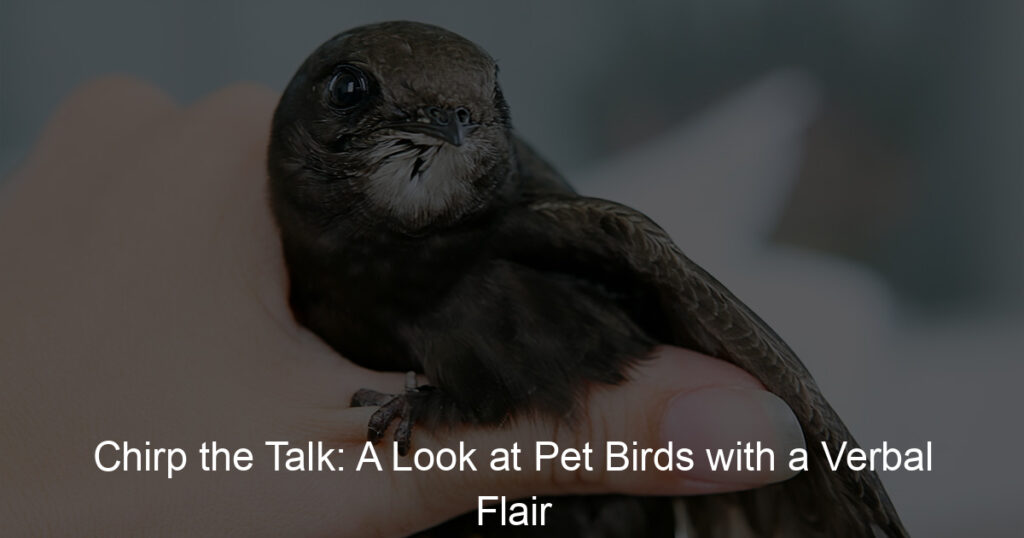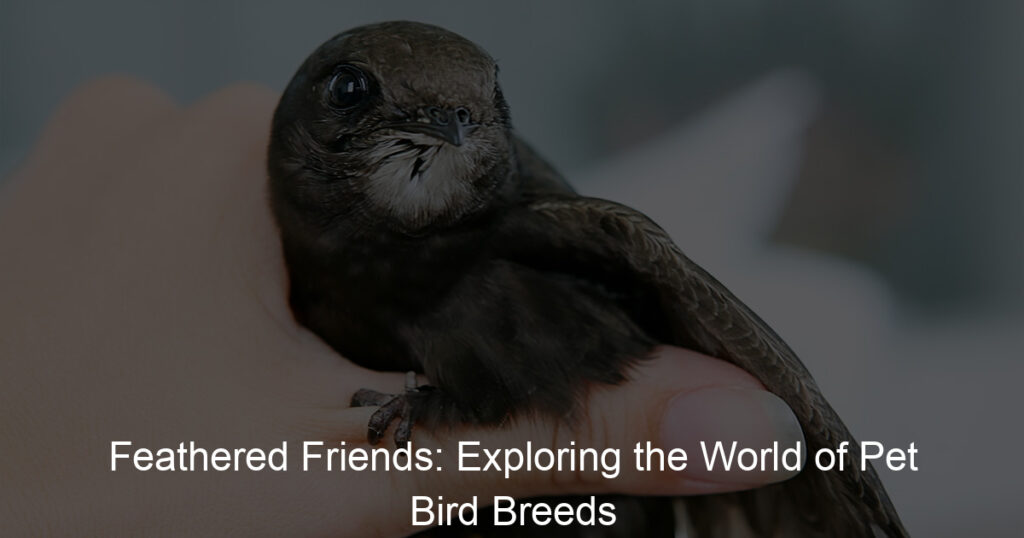
Introduction to Indoor Bird Care
Welcome to the exciting world of indoor bird care! Whether you’re a new bird owner or someone considering adopting a feathered friend, understanding the basics of indoor bird care is crucial. This guide will provide you with essential tips and insights to ensure your bird lives a happy, healthy life.
- Understanding the Importance of Indoor Bird Care
- Essential Bird Care Tips for New Owners
- Choose the Right Cage: Your bird’s cage should be spacious enough for it to move around comfortably. It should also have perches and toys to keep your bird entertained.
- Provide a Balanced Diet: Birds need a varied diet that includes seeds, fruits, vegetables, and bird-safe cooked foods. Avoid feeding your bird avocado, chocolate, or any food that contains caffeine as these can be harmful.
- Keep the Cage Clean: Regularly clean your bird’s cage to prevent the build-up of bacteria and parasites. This includes changing the cage liner, washing the food and water dishes, and cleaning the perches and toys.
- Provide Social Interaction: Spend time with your bird every day. This can include talking to your bird, letting it out of its cage (in a safe, bird-proofed area), or training it to do simple tricks.
Indoor bird care is not just about feeding your bird and cleaning its cage. It’s about creating a safe, comfortable, and stimulating environment that caters to your bird’s physical and emotional needs. Birds are intelligent creatures that require mental stimulation and social interaction. Without proper care, they can become bored, stressed, or sick. Therefore, understanding the importance of indoor bird care is the first step towards becoming a responsible bird owner.
If you’re a new bird owner, you might be wondering where to start. Here are some essential bird care tips:
Remember, every bird is unique and may have different care requirements. Always do your research and consult with a vet if you have any concerns about your bird’s health or well-being. With the right care and attention, your bird can become a cherished companion for many years to come.
Bird Care 101: Getting Started
Welcome to the exciting world of bird care! This journey is filled with joy, learning, and a unique bond that you will form with your feathered friend. But before we dive into the details, let’s start with the basics.
Choosing the Right Bird for Your Home
Choosing the right bird for your home is a crucial step in ensuring a happy and healthy life for your new pet. There are two main factors to consider: your lifestyle and the bird’s needs. Let’s explore these in detail.
- Considerations for Selecting a Bird
- Common Indoor Bird Species
Every bird species has its own unique needs and characteristics. Consider your living situation, the amount of time you can dedicate to your pet, and the level of interaction you desire. For instance, some birds require more social interaction and mental stimulation than others. Also, consider the lifespan of the bird. Some birds, like parrots, can live for several decades.
| Bird Species | Lifespan | Level of Care |
|---|---|---|
| Canaries | 10-15 years | Low |
| Parakeets | 7-14 years | Moderate |
| Cockatiels | 15-20 years | High |
| Parrots | Up to 80 years | High |
Canaries are known for their beautiful song and are relatively easy to care for. Parakeets are friendly and intelligent, but require more interaction. Cockatiels are affectionate and can mimic human speech, but they require a lot of care and attention. Parrots are highly intelligent and social, but they have a long lifespan and require a significant commitment.
Remember, the key to a happy bird is a well-informed and dedicated bird owner. Take the time to research and understand the needs of your potential feathered friend before making a decision.
Setting Up Your Bird’s Living Space
Creating a comfortable and safe living space for your bird is crucial. It’s not just about buying a cage and putting your bird in it. It involves careful planning and consideration of various factors. Let’s delve into the specifics.
- Choosing the right cage
- Essential cage accessories
The cage is your bird’s home within your home. Therefore, it should be spacious, secure, and comfortable. The size of the cage should be at least three times the wingspan of your bird. This allows your bird to stretch and move around freely. The cage should also be made of non-toxic materials to ensure your bird’s safety. The bar spacing is another important factor to consider. It should be narrow enough to prevent your bird from escaping or getting its head stuck between the bars.
Once you have the right cage, it’s time to accessorize it. Here are some essential cage accessories that your bird will need:
| Accessory | Description |
|---|---|
| Perches | Perches of varying diameters and textures will help keep your bird’s feet healthy. |
| Food and Water Dishes | These should be sturdy and easy to clean. Consider dishes that attach to the cage to prevent tipping. |
| Toys | Birds need mental stimulation. Toys can help keep your bird entertained and prevent boredom. |
| Cage Liners | These make cleaning the cage easier and help maintain a hygienic environment for your bird. |
Remember, each bird is unique and may have specific needs. Always observe your bird’s behavior and adjust the cage setup as needed.
Indoor Bird Maintenance: Daily Routines
Keeping a bird as a pet requires a lot of care and attention. One of the most important aspects of bird care is their daily routine, particularly their feeding habits. Let’s delve into the specifics of feeding your indoor bird.
Feeding Your Bird
Feeding your bird properly is crucial for their health and happiness. This involves understanding their dietary needs and following some essential feeding tips.
- Understanding Your Bird’s Dietary Needs
- Tips for Feeding Your Bird
- Consistency: Birds thrive on routine. Try to feed your bird at the same times each day.
- Variety: Just like humans, birds enjoy a varied diet. Try to mix different types of fruits, vegetables, and seeds in their diet.
- Portion Control: Overfeeding can lead to obesity in birds. It’s important to provide the right portion sizes.
- Water: Always ensure your bird has access to fresh, clean water.
Different bird species have different dietary needs. For instance, parrots enjoy a diet rich in fruits, vegetables, and grains, while canaries prefer seeds and insects. It’s essential to research your specific bird’s dietary needs to ensure they receive the right nutrients. A balanced diet for birds generally includes seeds or pellets, fruits, vegetables, and a small amount of animal protein.
Here are some useful tips for feeding your bird:
In conclusion, feeding your bird properly is a vital part of their daily routine. By understanding their dietary needs and following the above tips, you can ensure your bird stays healthy and happy.
Cleaning and Maintaining Your Bird’s Cage
Keeping your bird’s cage clean is an essential part of bird care. It not only ensures that your bird has a comfortable living environment, but it also helps to prevent the spread of diseases. Here, we will discuss how often you should clean your bird’s cage and which cleaning products are safe to use.
- How often to clean the cage
- Safe cleaning products for bird cages
As a general rule, you should clean your bird’s cage at least once a week. However, this can vary depending on the type and number of birds you have. For instance, larger birds or multiple birds may require more frequent cleanings. It’s also recommended to do a quick daily clean-up to remove food waste and droppings. This will help to keep the cage tidy and minimize the build-up of bacteria.
When it comes to cleaning your bird’s cage, it’s crucial to use products that are safe for your bird. Avoid using harsh chemicals or cleaners with strong fragrances, as these can be harmful to your bird’s respiratory system. Instead, opt for bird-safe cleaning products or natural alternatives like vinegar and water. Always rinse the cage thoroughly after cleaning to ensure no residue is left behind.
In conclusion, regular cleaning and maintenance of your bird’s cage is vital for your bird’s health and happiness. By following these tips, you can provide a clean and safe environment for your feathered friend.
Indoor Bird Keeping: Health and Wellness
Keeping your indoor bird healthy and well is a top priority. This section will guide you on how to recognize signs of illness in your bird, common health issues, and when to seek professional help.
Recognizing Signs of Illness
Just like humans, birds can also fall ill. It’s crucial to recognize the signs early to provide the necessary care. Here are some symptoms to look out for:
- Changes in behavior or mood
- Loss of appetite
- Changes in the color, consistency, or volume of droppings
- Difficulty breathing
- Feathers falling out more than usual
Common health issues in indoor birds
Indoor birds can suffer from a variety of health issues. Here are some of the most common:
- Respiratory Diseases: These are common in birds and can be caused by bacteria, viruses, or fungi. Symptoms include difficulty breathing, wheezing, and coughing.
- Parasites: Birds can get external parasites like mites and lice. These can cause itching, feather loss, and discomfort.
- Digestive Problems: These can be caused by a poor diet or infection. Symptoms include diarrhea, weight loss, and changes in appetite.
When to seek veterinary care
If your bird shows any signs of illness, it’s best to seek veterinary care immediately. Birds are good at hiding their illness, so by the time symptoms are noticeable, the disease may be advanced. Regular check-ups can also help catch any potential issues early.
Remember, a healthy bird is a happy bird. By recognizing signs of illness early and providing the necessary care, you can ensure your feathered friend lives a long, healthy life.
Exercise and Enrichment for Your Bird
Keeping your bird healthy involves more than just a balanced diet. Exercise and enrichment play a crucial role in maintaining your bird’s overall well-being. Let’s delve into these aspects.
- Importance of Regular Exercise
Exercise is vital for your bird’s physical and mental health. Regular exercise helps to keep your bird’s heart healthy, improves circulation, and helps maintain a healthy weight. It also provides mental stimulation, reducing the risk of boredom and associated behaviors such as feather plucking.
It’s recommended that pet birds should have at least 3-4 hours of out-of-cage time daily for exercise. This could include flying in a safe and supervised environment, climbing on bird-safe structures, or playing with toys.
- Enrichment Activities for Indoor Birds
Enrichment activities are designed to stimulate your bird’s mind, encouraging natural behaviors and providing a more engaging environment. Here are a few ideas:
- Foraging Toys: These toys hide treats inside, encouraging your bird to ‘hunt’ for its food, just like it would in the wild.
- Puzzle Toys: These require your bird to solve a problem to get a reward, providing mental stimulation.
- Chew Toys: Chewing is a natural behavior for birds, and chew toys can help to keep your bird’s beak in good condition.
- Interactive Play: Spend time playing with your bird. This can include games like ‘fetch’ with a small toy, or teaching your bird tricks.
Remember, every bird is unique. What works for one bird might not work for another. It’s important to observe your bird and tailor your approach to its preferences and behaviors. With regular exercise and enrichment, you can help ensure your bird leads a happy, healthy life.
Tips for Bird Owners: Building a Bond
Building a bond with your feathered friend is a rewarding experience. It requires understanding their behavior and responding to their needs. Let’s delve into these aspects.
Understanding Bird Behavior
Understanding your bird’s behavior is the first step towards building a strong bond. This involves interpreting their vocalizations and body language, and responding to their needs.
- Interpreting bird vocalizations and body language
- Responding to your bird’s needs
Birds communicate through a variety of vocalizations and body language. For instance, a happy bird may chirp melodiously, while a distressed bird may squawk loudly. Similarly, a relaxed bird may fluff its feathers, while an agitated bird may hold its feathers tightly against its body. Understanding these signs can help you gauge your bird’s mood and needs.
Once you understand your bird’s behavior, it’s important to respond appropriately. If your bird is happy and relaxed, continue what you’re doing. If it’s distressed, try to identify and remove the source of stress. Always remember, a comfortable bird is a happy bird!
Understanding and responding to your bird’s behavior not only strengthens your bond but also ensures their well-being. So, take the time to observe and learn from your feathered friend. You’ll be surprised at how much they can teach you!
Training and Socializing Your Bird
Training and socializing your bird is a crucial part of bird care. It not only helps to build a strong bond between you and your bird but also ensures your bird’s mental and emotional well-being. Let’s delve into some basic training techniques and tips for socializing your bird with others.
- Basic Training Techniques
- Step-Up Training: This is the first and most important command to teach your bird. It involves teaching your bird to step onto your finger or hand on command. Always reward your bird with a treat or praise when it steps up correctly.
- Target Training: This technique involves teaching your bird to touch a target, such as a stick, with its beak. This can be a stepping stone to teaching more complex tricks.
- Clicker Training: A clicker can be used to signal to your bird that it has done something right and a reward is coming. This can be an effective way to shape new behaviors.
- Tips for Socializing Your Bird with Others
- Gradual Introduction: Introduce your bird to new people and birds gradually. Start by allowing your bird to observe the new person or bird from a distance, then gradually decrease the distance as your bird becomes more comfortable.
- Positive Associations: Make sure all interactions with new people and birds are positive. This could involve giving your bird a treat when it interacts calmly with a new person or bird.
- Safe Environment: Always ensure that socialization takes place in a safe and controlled environment. Never force your bird to interact if it appears scared or uncomfortable.
Training your bird requires patience, consistency, and positive reinforcement. Here are some basic techniques:
Socializing your bird with other people and birds can help to prevent behavioral problems and provide mental stimulation. Here are some tips:
In conclusion, training and socializing your bird can be a rewarding experience that strengthens your bond and contributes to your bird’s overall well-being. Remember, every bird is unique and will learn at its own pace, so patience and consistency are key.
Conclusion: Embracing the Joy of Bird Care
As we conclude our journey into the fascinating world of bird care, it’s important to remember that owning a bird is not just about providing food and shelter. It’s about embracing the joy that comes with the responsibility of caring for a living creature, understanding their needs, and forming a bond that can last a lifetime.
- Reflecting on the Rewards of Bird Ownership
- Continuing Your Education in Bird Care
Having a bird as a pet can be a rewarding experience. Birds are intelligent creatures, capable of forming strong bonds with their owners. They can bring joy and companionship into our lives, filling our homes with their beautiful songs and vibrant colors. The process of caring for a bird can also be therapeutic, helping us to relax and unwind after a long day. Moreover, the sense of responsibility that comes with bird ownership can help children develop empathy and compassion for all living creatures.
As with any pet, the learning process does not end once you bring your bird home. In fact, it’s just the beginning. There are always new things to learn about your feathered friend, from their dietary needs to their behavioral patterns. It’s important to stay informed and up-to-date on the latest bird care practices to ensure your pet stays healthy and happy. Remember, a well-cared-for bird is a joy to have around, and the more you know about your bird, the stronger your bond will be.
In conclusion, bird care is a journey filled with joy, learning, and companionship. It’s a responsibility that brings with it countless rewards. So, whether you’re a seasoned bird owner or just starting out, embrace the joy of bird care and let it take flight!








